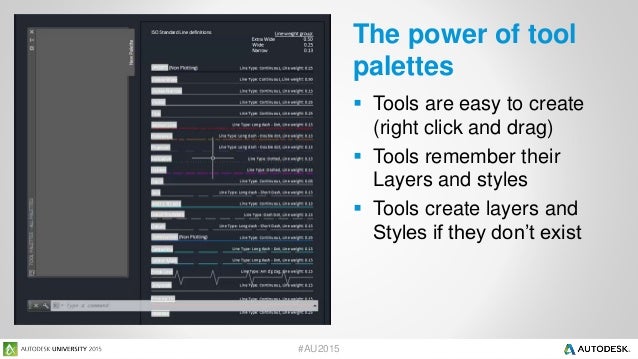

15-acre fishing lake, clubhouse, pool, Jacuzzi, exercise room, activities and more.

CHANGE WIDTH OF TOOL PALETTE IN AUTOCAD PROFESSIONAL
Additionally, Matt is an Autodesk Certified Professional for AutoCAD and AutoCAD Civil 3D.X_1 Gated over-55 resort-style community where you can either purchase or lease your lot. Matt is a licensed civil engineer, an Autodesk Certified Instructor (ACI) as well as an Autodesk Certified BIM Specialist: Roads and Highway Solutions. Project Manager - Civil SolutionsWith over 15 years of experience in the civil engineering industry, Matt provides training, consulting, technical support, and implementation strategies for organizations transitioning to Civil 3D. A customized company standard palette can also be created and shared through an accessible network drive location added to the Options à Tool Palettes File Locations support path. If you’re looking for a way to make things easier for drafters or looking for a way to more efficiently set object layers before starting commands, try creating custom Tool Palettes. The previously used command will become the default for the Tool Palette icon after it is used, and the flyout can also be deactivated through the command properties by right-clicking on the Tool Palette icon. The flyout arrow associated with each command also provides access to additional draw tools for LINE, ARC, CIRCLE, ELLIPSE, RAY, SPLINE and XLINE. Each command has a preset layer, color, linetype and linetype scale associated with the type of object it is intended for. Now there are custom polyline commands that are quickly accessible with one click on the Tool Palette. The thicker line will be easier to see when used as the thumbnail image for the command in the Tool Palette. Images will need to be specified for both Light and Dark themes, and the same image can be used for both.Īn additional tip is to set a thicker lineweight for the screenshot. Once an image is available, right-click to specify a new image for the command in the Tool Palette.

For this, we’ll need a screenshot or image to use.
CHANGE WIDTH OF TOOL PALETTE IN AUTOCAD UPDATE
To help identify each command, Rename the items in the Tool Palette based on the layer of the object they came from.įinally, update the command image to provide a preview of the object it creates. Dragging and dropping the polylines to the Tool Palette creates a custom Polyline command that creates objects with the same base properties. The next step is to add the objects to the Tool Palettes. The color and linetype are ByLayer properties that are defined through Layer State settings, and an additional linetype scale has also been applied to the DRAIN and SEWER lines through individual object properties. The magenta polyline was drawn on the DRAIN layer, orange on SEWER, and blue on WATER. By creating a set of objects on specific layers and adding those to Tool Palettes, users can create a “shortcut” to commands with pre-set layers and properties, cutting down on the number of steps required in creating new objects.įirst, start by drawing a polyline on each of the desired layers. Commands added to Tool Palettes maintain the properties of the original object used to add the commands. One solution for this is to leverage custom Tool Palettes ( Note: This functionality exists for all AutoCAD-based software). If the drawing contains a large number of layers or layers with similar naming, filtering through the layer list becomes increasingly difficult. Start the polyline command (or other draw command).Drawing polylines on these layers would typically follow this type of workflow: Since drawing objects on the proper layer is always recommended, we looked for a solution that might speed up the process.įor example, consider a drawing that contains layers for WATER, SEWER, and DRAIN and each layer has a specific color, and linetype assigned. They had noticed that users were spending a lot of time finding and selecting layers before drawing a new object in AutoCAD. During a recent conversation with a customer, we were discussing some efficiency tips and tricks for working in AutoCAD.


 0 kommentar(er)
0 kommentar(er)
